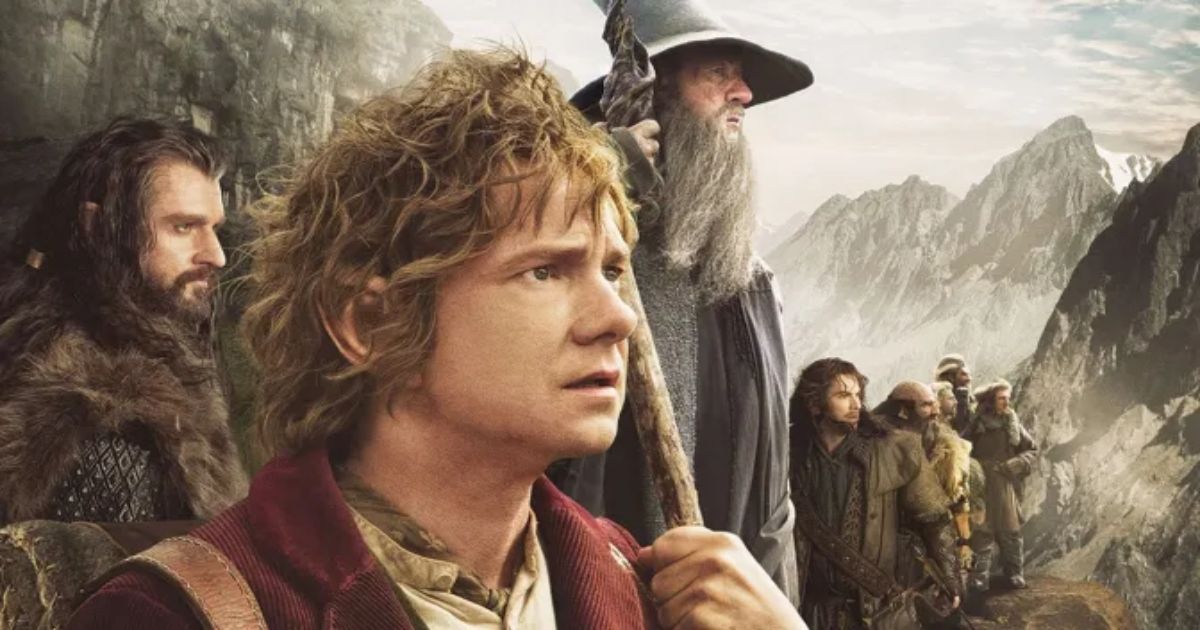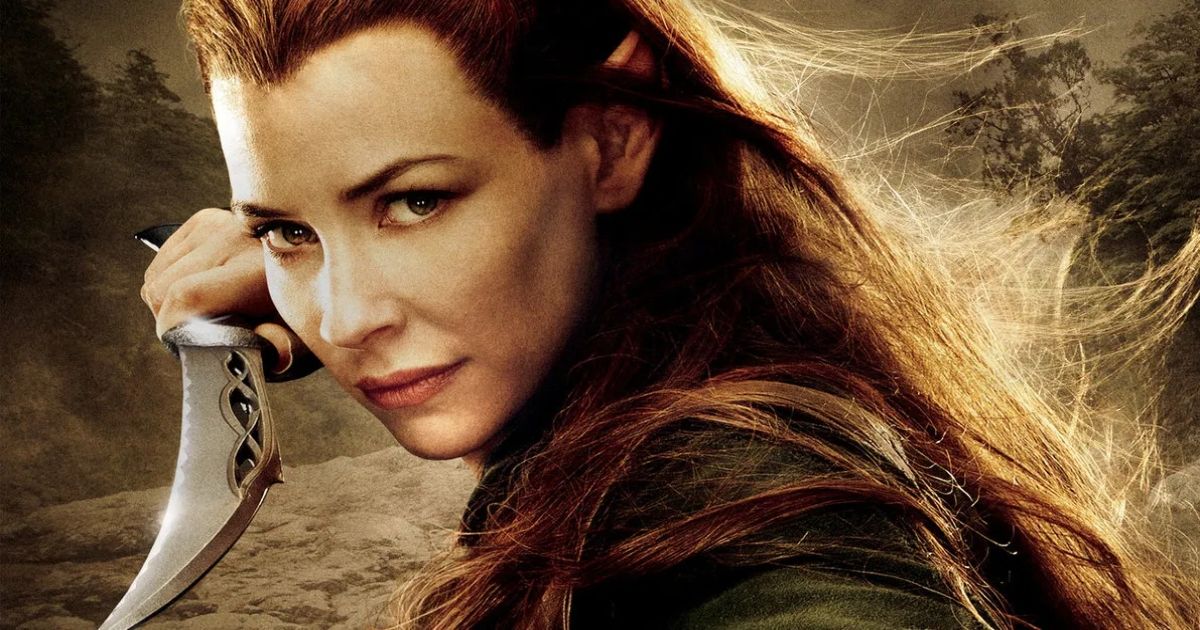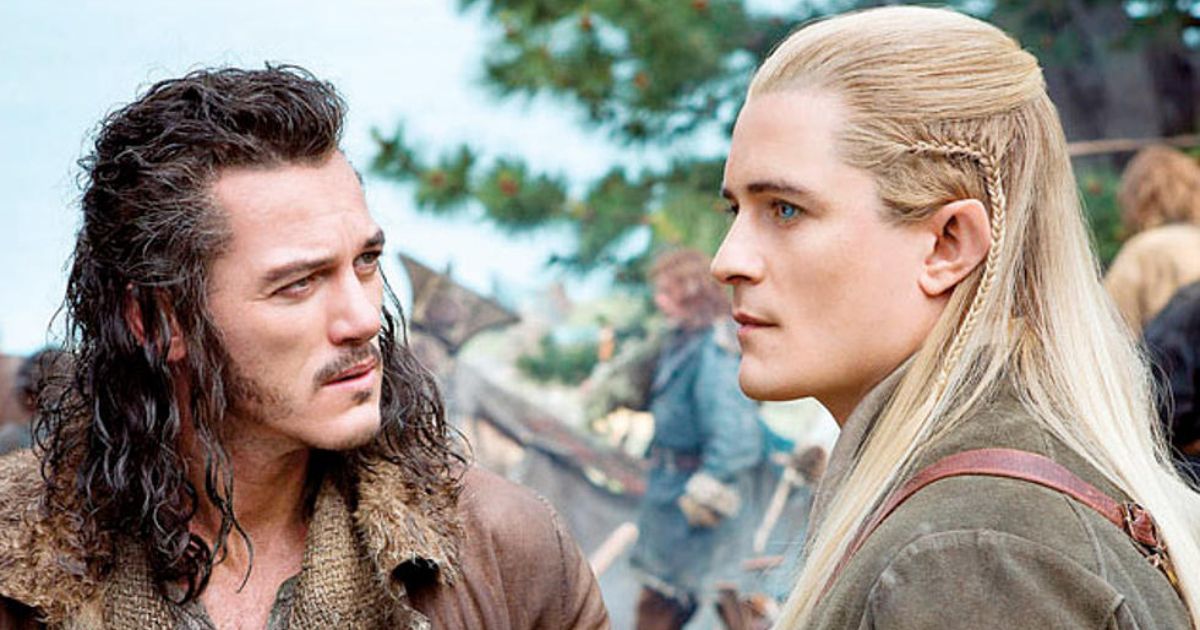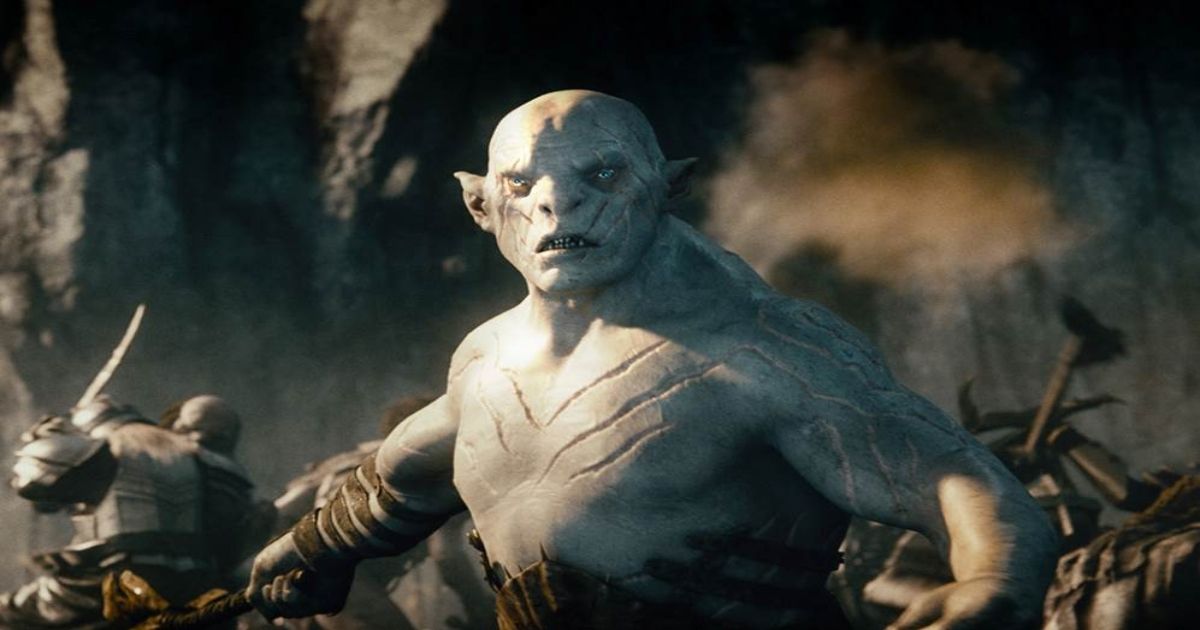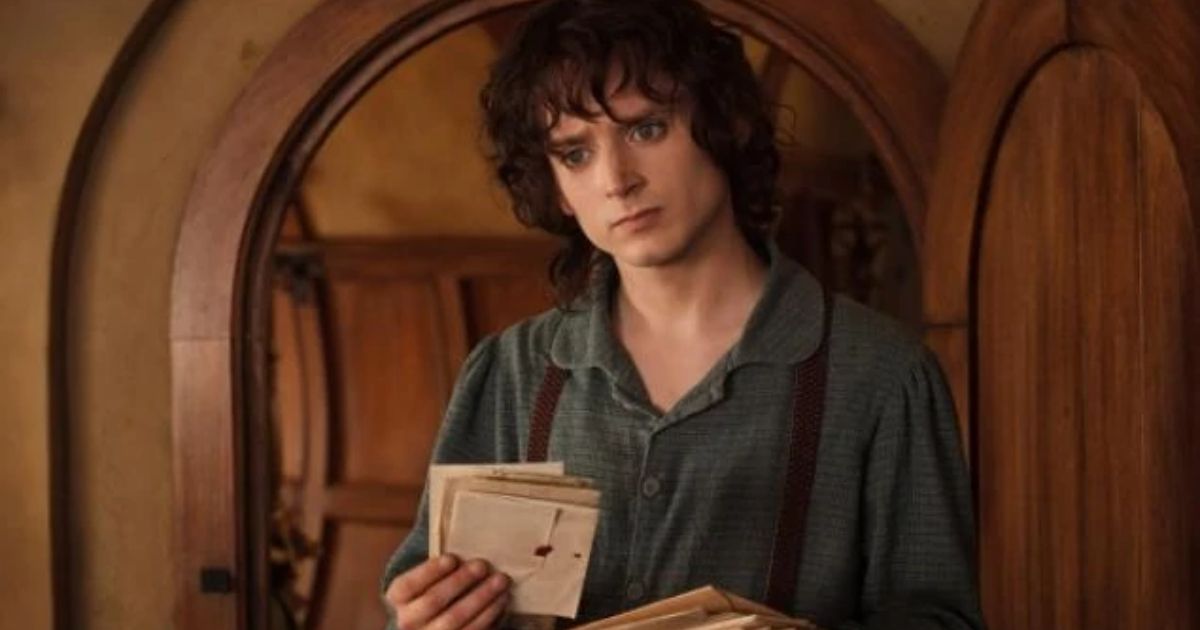The Lord of The Rings is still considered to be one of the best fantasy stories ever told, even to this day. Both the books and the films are beloved by billions of fans. So, when it was announced that J.R.R. Tolkien’s The Hobbit, would be adapted into a movie and would also be directed by Peter Jackson, many fans, or “Ringers” (as they are sometimes referred to) were ecstatic at the news. However, things got strange when it was decided to turn J.R.R. Tolkien’s The Hobbit book into three films. To this day, many people still speculate about this decision. Was it because Peter Jackson wanted The Hobbit to be a trilogy to mirror the already successful Lord of the Rings films? Maybe. Or was it because everyone involved wanted to make more money from the production of three films as opposed to one? Probably.
In any case, The Hobbit film trilogy was a long, drawn-out version of the classically-structured story by the late and great J.R.R. Tolkien. The Hobbit story is quite short, especially in comparison to The Lord of the Rings books (The Hobbit is less than a quarter of the length of the Lord of the Rings trilogy), so things had to be added to the movies to fill up the timeframe, which is about 8½ hours for all three films. This is contrary to most book-to-film adaptations, where things have to be omitted as there is not enough time for every detail of the book to be in the movie.
Regardless of the reasons why The Hobbit is three films instead of one, we would have hoped that those three films would be epic and worthy of the source material. They aren’t terrible, but they are nothing in comparison to The Lord of the Rings trilogy. That’s because they are long, drawn out, and contain many additions that feel unnecessary. While there were many minor changes from the book to the movie, here are just some of the biggest changes made by Peter Jackson and his team.
Tauriel, The Character We Know We Didn’t Need but Got Any Way
Not every story has to feature a love story or a love triangle for that matter. The Hobbit already has strong friendships that drive its plot. Therefore, a love story isn’t needed. However, Peter Jackson or the studio apparently thought The Hobbit needed a love twist when he decided to create his own character that wasn’t in The Hobbit or any of The Lord of the Rings books. The elven character of Tauriel (Evangeline Lilly) was created to add a strong, relatable female figure to The Hobbit films as well as to add some romance between Kíli (Aidan Turner), one of the dwarfs, and Legolas (who also wasn’t in The Hobbit book).
However, Tauriel, who appears in the second and third Hobbit movies, feels very unnecessary and even a bit cheesy. She is captain of the guard of Thranduil’s Woodland Realm, but seems too young and inexperienced compared to some of Thranduil’s other soldiers. Plus, her healing skills seem way too advanced beyond her years, seemingly better than Elrond’s who is perhaps one of the oldest and wisest elves in Middle Earth. In addition, it seems strange to have her save Kíli in the second film only to have her watch helplessly in the third film as he perishes while sacrificing himself to save her.
By the conclusion of the third Hobbit film, Tauriel’s story feels unfinished with audiences left wondering what happened to her after the Battle of the Five Armies. She was banished from Mirkwood by Thranduil, but does she ever return? Who knows. Many fans felt her addition to be superfluous, and after revisiting the films, still feel that way. Indeed, the addition of Tauriel was perhaps the most controversial change in the films, but not the only major one.
The Addition of Bringing Back Legolas in The Hobbit Films
Tauriel was not the only elf who wasn’t in The Hobbit book to appear in the movies. Everyone’s favorite long-haired, bow-wielding elf, Legolas (Orlando Bloom) returned in both The Desolation of Smaug and The Battle of the Five Armies. However, his character doesn’t add much to the story, except to pine over Tauriel, whose heart has been captured by the dwarf Kíli. Peter Jackson was probably hoping that many fans would be thrilled to see their favorite elf back in action. However, in reality, Legolas doesn’t add much to the plot, and it actually feels like he takes time away from the main characters who should be the focus of the story.
Azog, the One-Armed White Orc-lord
Every story needs a villain and The Hobbit has several, but one of the most prominent is the Orc-lord Azog. Azog strikes fear into the hearts of many and has one big final showdown between himself and Thorin where they both eventually kill each other. While Azog does exist in Tolkien’s world, he was actually killed and beheaded long before the events of The Hobbit unfolded. So, he should never have even been in the films. It seemed Peter Jackson needed a menacing villain to face off against Thorin in what he hoped would be an epic fashion, so he brought back Azog from the dead (at least for a little while until it was convenient to kill him again).
Frodo Baggins Makes a Guest Appearance
Frodo Baggins (Elijah Wood) is one of the main focal points of The Lord of the Rings movies. His willingness to be the ring-bearer teaches us that even the smallest of people can make a difference. Yet, while he plays such an important role in both The Lord of the Rings books and films, his character does not appear in The Hobbit book. One reason for this could be because Tolkien wrote The Hobbit many years before he wrote The Lord of The Rings trilogy, so it’s likely that Frodo wasn’t even invented yet.
However, Peter Jackson thought it was necessary for him to make a guest appearance in The Hobbit films, probably for the same reasons as Legolas' appearance. While Frodo’s return is minor and limited to just a cameo in the films, even that feels unnecessary, despite how much we love Frodo Baggins. Again, it seems that Peter Jackson simply injected his character into the story as another fan-favorite without really giving him much to do to add to the plot.

